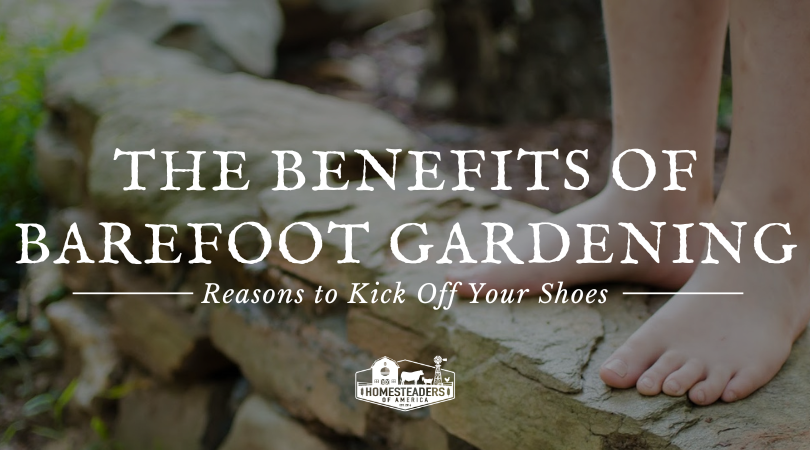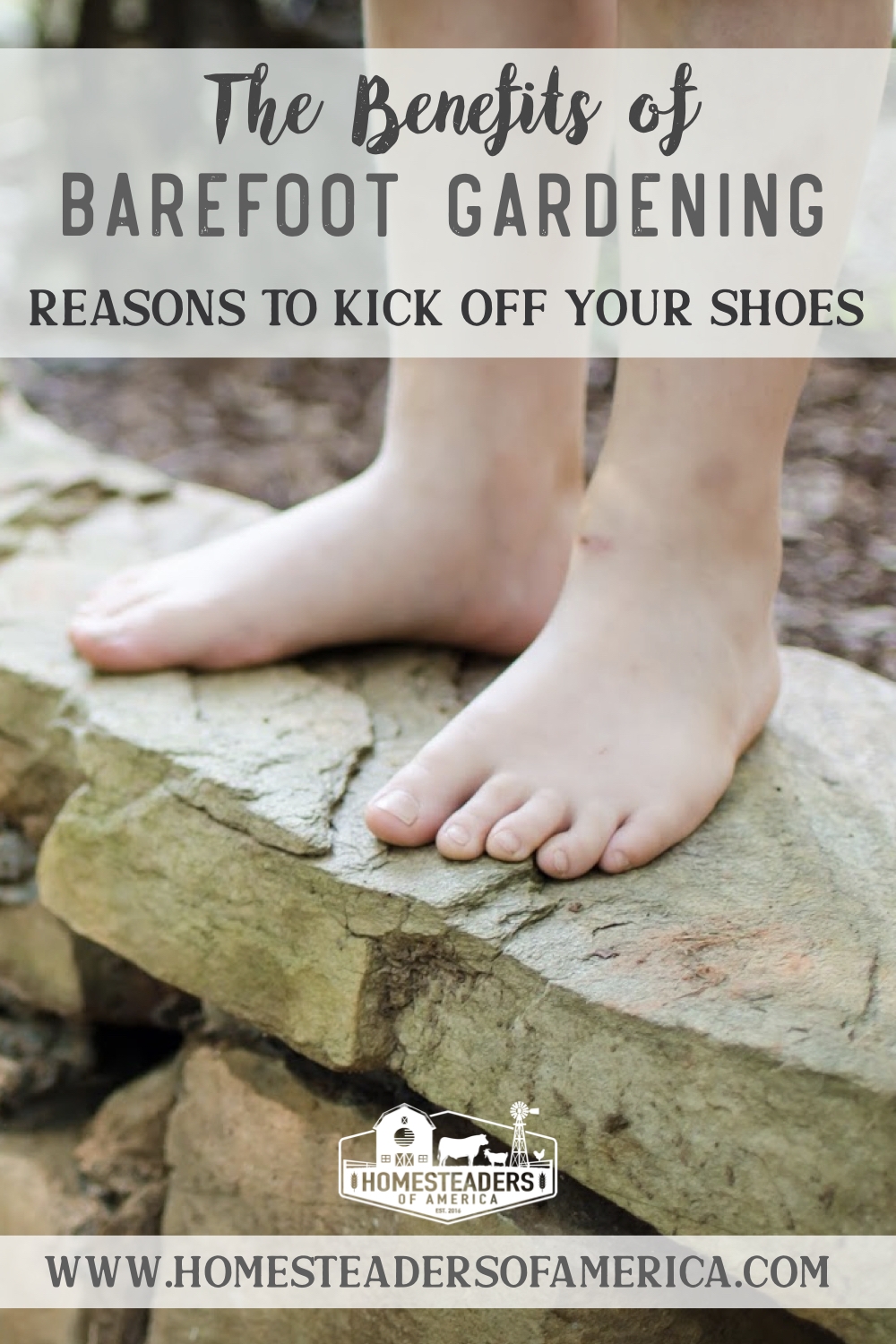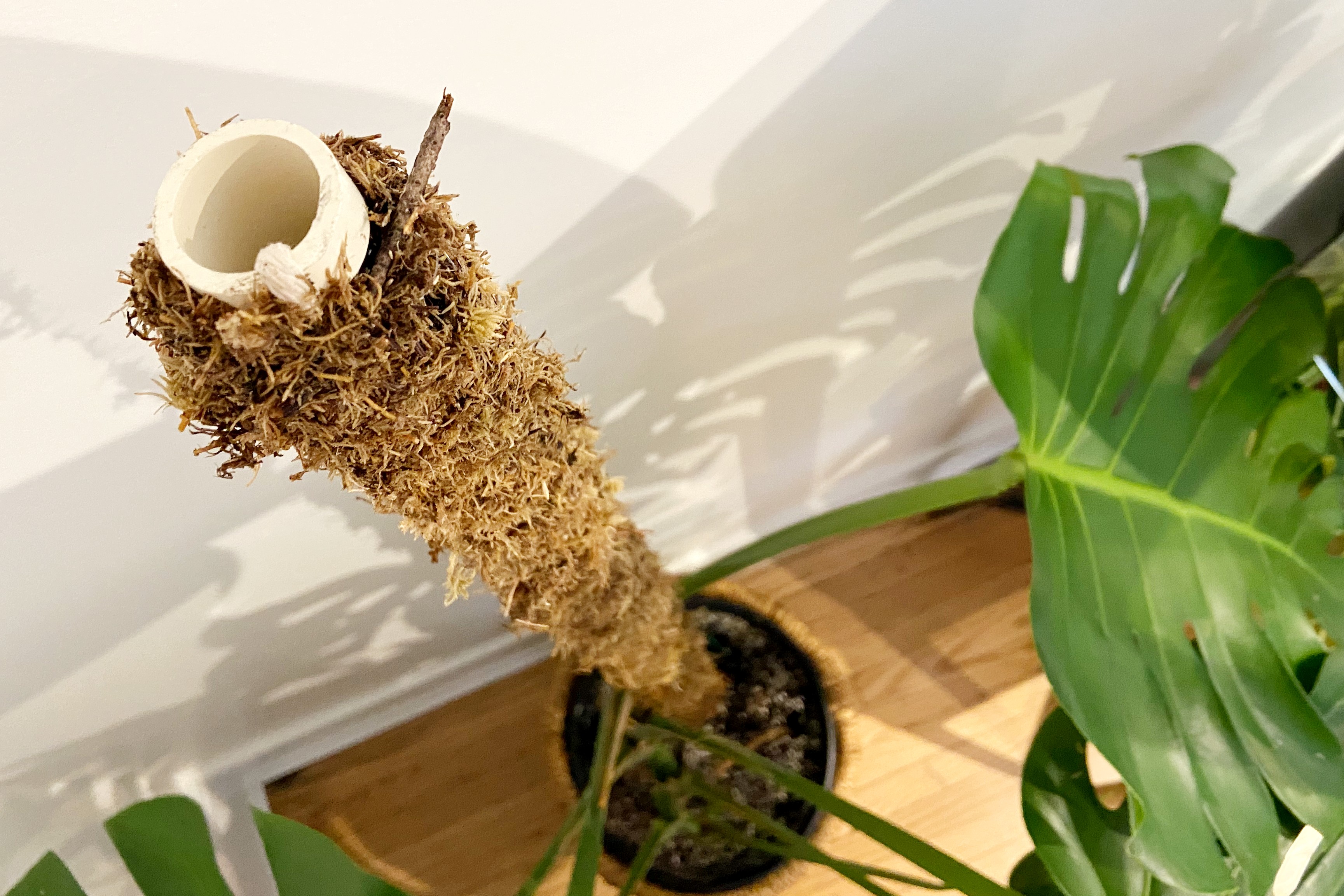Safety Tips for Barefoot Gardening: Expert Strategies to Protect Your Feet

There’s a psychological thrill in ditching your shoes for the garden—the primal satisfaction of earth beneath your feet isn’t just nostalgia. Research shows that “grounding” (direct skin contact with soil) can lower cortisol, prime your senses, and even boost immune responses. But here’s what most barefoot gardening guides overlook: the safety rituals aren’t just practical—they’re deeply tied to how our brains manage risk, attention, and learning.

Let’s break down why each step matters on a psychological level—so you don’t just follow advice, but understand how it shapes your habits and mindset for safer, more rewarding barefoot gardening.
Why Your Barefoot Garden Routine Works (or Fails): The Psychology of Safe Soles
1. The Pre-Garden Scan: Training Your Brain for Micro-Awareness
When you methodically scan your plot with a stick or rake before stepping out, you’re doing more than protecting against thorns—you’re priming your brain’s attentional filter. Neuroscience calls this “selective attention”: by consciously searching for hazards, you heighten sensory awareness and train yourself to spot subtle dangers faster over time.
I learned this the hard way after my first season—when I skipped the scan (“I’m sure it’s fine!”), I inevitably found that one hidden shard or bramble. Over time, making hazard checks a ritual didn’t just reduce injuries; it actually made me more present and mindful in the garden as a whole. That daily sweep became a mindfulness practice disguised as safety protocol.
Analyst tip: If you tend to rush through prep, set a timer for three minutes. You’ll be surprised how slowing down recalibrates both caution and curiosity—and how quickly your eyes start noticing patterns (like where debris tends to collect).

2. Prepping Your Feet: Rituals Anchor Healthy Habits
Ever wonder why routines like trimming toenails or massaging oil into your feet work so well? Behavioral psychology points to anchoring: coupling essential self-care with an enjoyable routine increases the odds you’ll repeat it—even when busy.
When I started adding lavender oil foot rubs before gardening (instead of treating it as an afterthought), my mind began associating that scent and sensation with anticipation—not obligation. The ritual itself becomes grounding—a psychological cue that signals “it’s time to transition from indoors to outdoors.”
Unexpected twist: Studies show that tactile rituals (like foot soaks) enhance body awareness—making us more sensitive to minor pain or temperature changes, which is crucial for early injury detection.
3. Timing Your Sessions: The Hidden Triggers Behind Risk Perception
It’s tempting to wander out barefoot whenever inspiration strikes—but environmental psychologists warn that perception of risk fluctuates wildly based on context. Morning dew might feel refreshing but also masks danger; midday heat numbs nerves and dulls pain response—meaning you often won’t notice burns until too late.
After burning my soles on a sun-baked path in July 2020 (“just five seconds!” turned into blisters), I started using a simple test: if my palm can’t rest comfortably on the soil for ten seconds, neither should my bare feet.

Data point: Soil surface temperatures can exceed 120°F (49°C) in full summer sun—enough to cause first-degree burns within minutes according to dermatological studies.
4. Post-Gardening Cleanup: Why Immediate Action Matters
Psychologically, there’s a phenomenon known as “completion bias”—the relief we feel finishing an activity often tempts us to skip final steps (like cleaning up). Yet infections thrive on procrastination; tiny cuts collect bacteria fastest when ignored right after exposure.
What finally changed my cleanup habit was reframing it as reward instead of chore: rinsing feet in cool water became synonymous with satisfaction—and inspecting toes turned into a mini-meditation on gratitude for another safe session.
Analyst hack: Place visual cues at entryways—a bright towel or small basin—to trigger immediate action before distractions set in.
5. Insect Encounters: Fear Conditioning vs. Proactive Calm
Our brains are wired for “negativity bias”—meaning one bad sting can dominate all future memories of barefoot bliss. Instead of letting fear dictate behavior, use proactive strategies to regain control:
- Step heel-first so vibrations alert critters below.
- Scatter aromatic herbs like mint; olfactory cues deter some pests and psychologically reinforce boundaries (“this is MY space”).
If stung? Treat immediately—and reflect on what worked or didn’t about your approach rather than blaming yourself (“Why did I miss that ant nest?” becomes “Next time I’ll pause before stepping near mulch.”).

6. Toughening Soles Gradually: Harnessing Neuroplasticity
Building calluses isn’t about brute force—it’s slow adaptation through repeated exposure, leveraging the brain's capacity for neuroplasticity (the ability to form new neural pathways). Short daily sessions followed by gentle massage ensure tissue toughens without losing sensation—a balance between resilience and sensitivity.
Think of each step as data input; nerves learn what hurts and what doesn’t over time, gradually refining their warning system rather than shutting down entirely.
7. Responding to Injury: Reframing Mistakes as Learning Loops
Every gardener has their stories—I’ve had splinters so deep they required tweezers under magnifying glass at sunset! Rather than viewing mishaps as failures, see them as feedback loops:
- Immediate cleaning disrupts infection cycles.
- Natural remedies like raw honey support healing and reinforce trust in natural methods.
- Tracking healing times gives you real-world metrics on what works best for your body—not just generic advice.
Over years, these experiences build resilience not only physically but psychologically—you learn recovery is always possible with attentive care.
Final Thoughts: Psychological Safety Is Real Safety
Barefoot gardening isn’t just exposure therapy; it rewires how we relate to our environment and bodies. Each step—from scanning soil with intention, prepping feet mindfully, timing sessions wisely—shapes not only physical outcomes but also mental ones: boosting presence, confidence, and adaptive problem-solving skills along the way.
The earth offers both risks and rewards—but understanding why each safety measure works transforms routines from rules into empowering rituals rooted in self-awareness and joy.
Ready for next steps? Anchor new habits with physical cues (a favorite towel by the door); track small wins aloud (“No splinters today!”); invite companions so accountability grows community-wide; celebrate every session where curiosity outweighed caution alone.
Because ultimately—the safest gardeners aren’t those who avoid all risk…but those who embrace learning at every turn their bare soles take.



